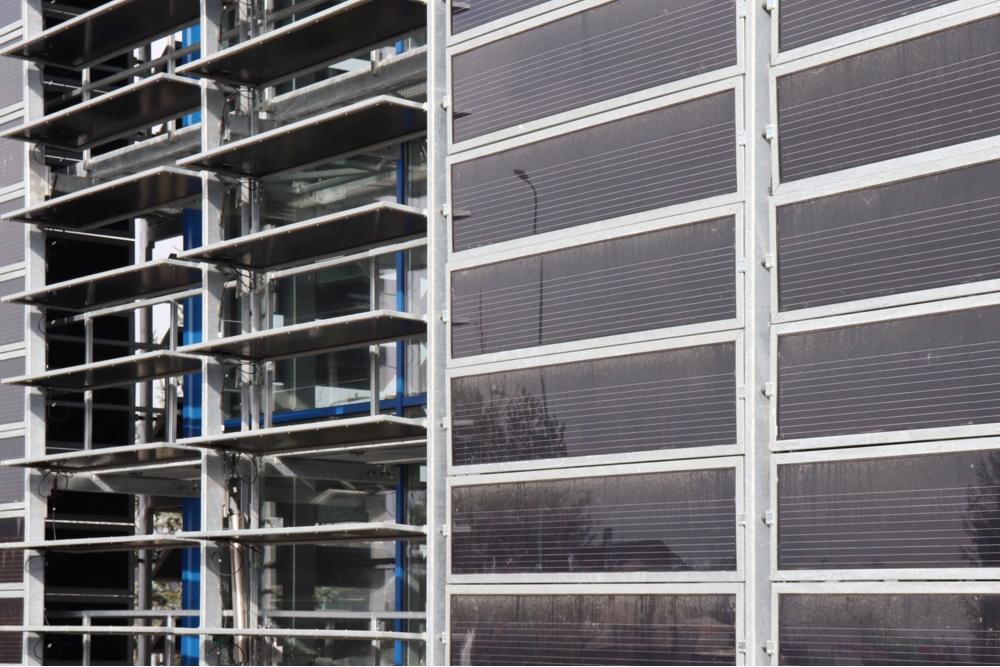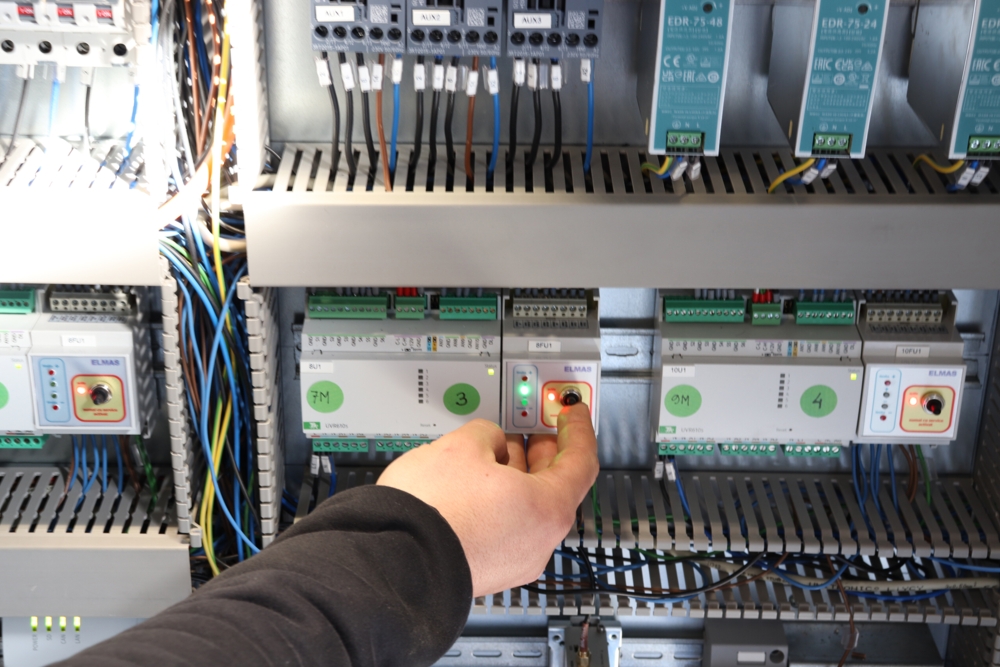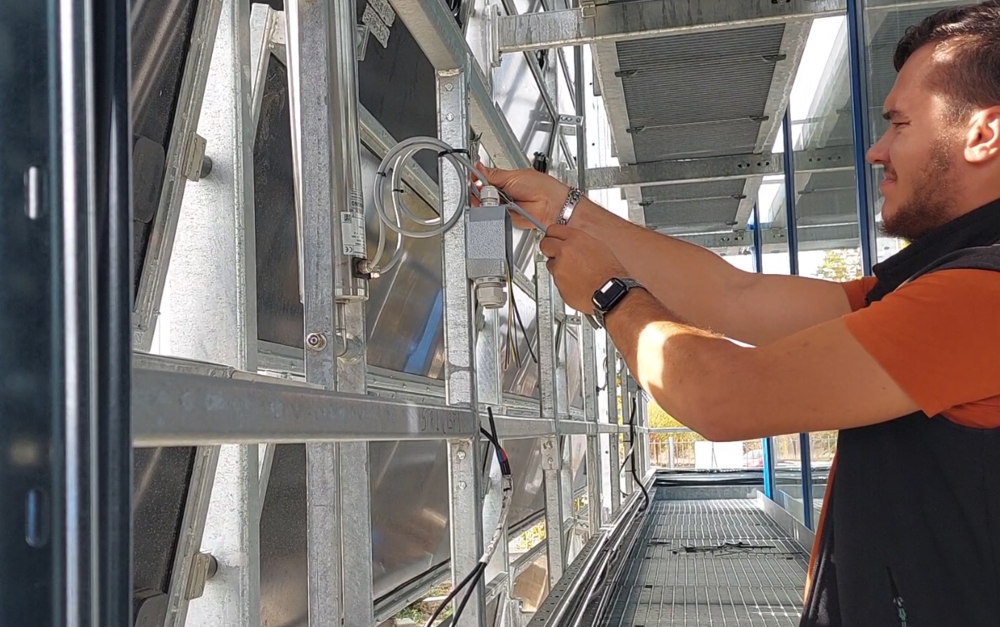
Shading system with photovoltaic blinds: green energy and convenience
18 Mar. 2024Elmas’ Research and Development Centre has developed an automated shading system that also generates electricity.
The system is based on a system of laminated security glass panels, within which photovoltaic cells are incorporated, and ensures a dual purpose:
1. Smart shading
- The blades automatically tilt based on the sun’s position, optimising shading and natural light inside the building.
- The manual control allows for specific positions (vertical, horizontal, service angle).
- Flexibility to adjust the desired degree of shading and maximize comfort.
2. Green energy production
- The photovoltaic panels generate clean energy, reducing energy costs.
- The output of the panels is customized according to specific needs and desired degree of shading.
- The system contributes to a more sustainable environment by reducing CO2 emissions.
For example, if the goal is to have better lighting inside the building, the panels will tilt horizontally, increasing the degree of mutual shading and resulting in a significant reduction in energy production.
The maximum production of solar energy can be achieved when the angle of incidence of sun rays on the panels is 90 degrees. In summertime, for example, the maximum elevation of the Sun in the Brașov area is 67 degrees (the maximum being on June 21), so the panels cannot be positioned for optimal incidence.
For this reason, the photovoltaic panels are made to order, so that only the inferior surface is fitted with photovoltaic cells, allowing for the best incidence without shading.
The system automation also includes a small weather station, the main element being an anemometer that determines the horizontal positioning of the panels when wind exceeds a certain value (usually 8-10 m/s) in order to reduce the bearing area and to rule out the possibility of panel damage caused by gusts of wind. The station can also provide data on rain, outdoor temperature, etc.
On demand, the data package generated by automation can also be accessed online (internet connection through cable or a SIM gateway). Data on measured parameters can be stored over long periods of time.
Advantages:
- Increased energy efficiency: reduced energy costs and energy independence.
- Convenience: optimized natural light and indoor temperature control.
- Sustainability: the system contributes to a more sustainable environment by reducing CO2 emissions.
- Advanced technology: intelligent automation, monitoring, and control.
The ideal solution for:
- Residential and commercial buildings;
- Offices and industrial spaces;
- Public institutions and schools.





